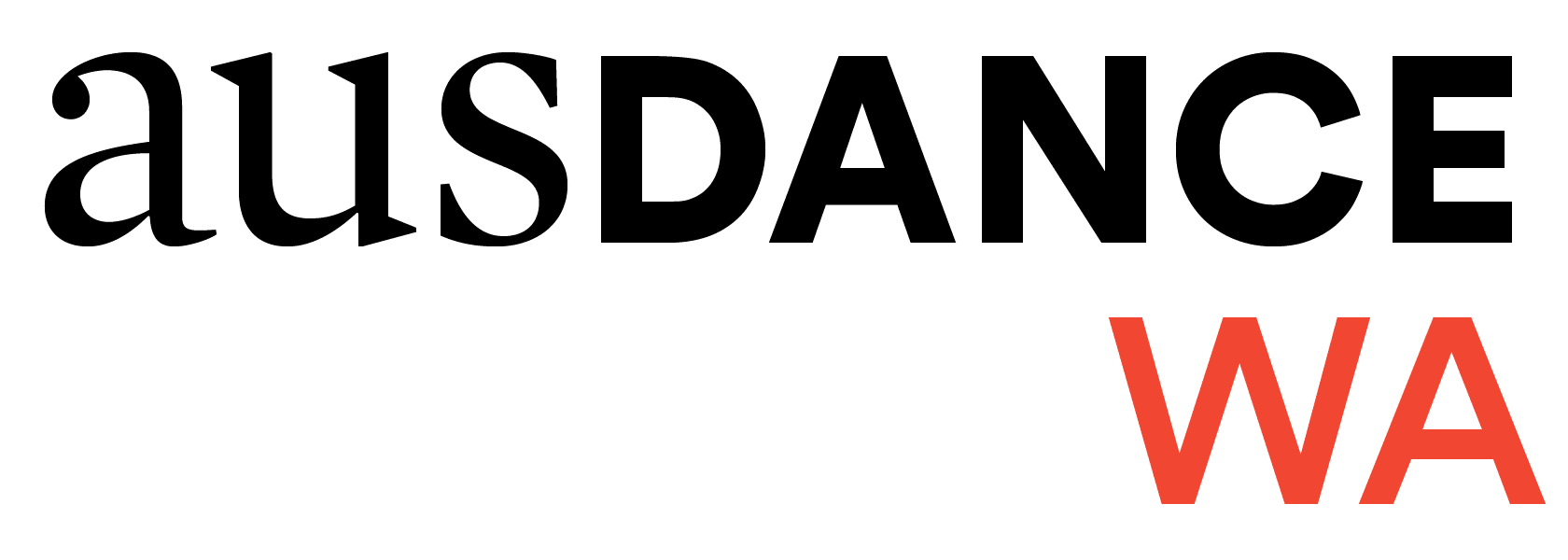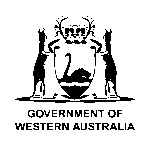In 2013, the Australian Government established a Royal Commission into Institutional Responses to Child Sexual Abuse in response to community concern about widespread reports of cases where Australian institutions failed to protect children from sexual abuse.
The Commission’s final recommendations emphasised that members of the public, children and young people, parents, carers, families and communities should feel confident that organisations working with children provide safe environments in which children’s rights, needs and interests are met.
The National Principles draw on the work of the Royal Commission, Australia’s Children’s Commissioners and Guardians and the 2005 National Framework for Creating Safe Environments for Children. They provide a national approach to embedding a child safe culture, practices and procedures across all sectors of Australian society in which children are involved.
Since the development of the National Principles on a federal level, each state and territory has taken steps towards developing statewide frameworks to monitor and oversee their implementation.
As peak body for dance, Ausdance WA has developed a suite of dance-specific resources for the WA dance community to support the context we work in and address specific risks around the safety and wellbeing of young people. See Ausdance WA’s free suite of Child Safety resources here.
To access additional Child Safety resources including the newly developed Code of Conduct templates, become an Ausdance WA member by signing up here.
You can also view the Australian Human Rights Commission information and training for the National Principles here.


